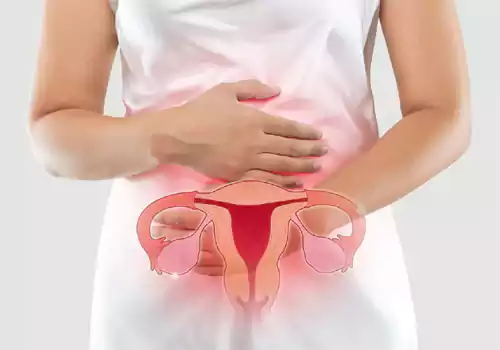Varicose Veins Treatment
Varicose Veins, Varicose Veins Treatment, Varicose Veins Cure, Varicose Veins Causes: When veins in the legs fail to return blood properly to the heart, then one might be suffering from a condition called varicose veins. In this condition, veins tend to return the deoxygenated blood to the heart; the valves in the veins help the blood flow upwards towards the heart, when these valves do not function properly or if a person has weak valves in the veins, he/she might develop this condition. This condition also occurs if too much pressure is applied on legs like standing for a long period of time.
.jpg)
* Varicose veins develop mostly in legs but, can occur in any part of the body. If the circulation of the blood is improper, veins tend to swell causing severe pain in the area affected. Larger veins are usually visible causing red or purple patches on the affected area and smaller veins affected can appear on the surface of skin and are known as spider veins as they tend to appear in the shape of a spider web. Ageing, hormonal changes, pregnancy, obesity, etc, increase the risk of developing this condition. Family history of this condition is also a risk factor of developing this condition. Sitting with legs crossed for long or standing for a long period of time may also cause this condition.
* The symptoms of this condition are: aching, itching, cramping, and swelling of the veins. In some cases person suffering from this varicose veins may experience blood clots and skin ulcers. This is not a serious health condition but, a person may also suffer from bleeding, skin sores or skin ulcers as this condition might weaken the skin around the affected area. Once varicose veins are diagnosed, a doctor may recommend treatments such as laser treatments, using compression stockings, etc. Surgical treatments are also provided to reduce the symptoms of this condition.
* Varicose veins can be prevented in case which involve pressure on the legs such as sitting or standing for long. One should take frequent walks if he/she requires spending majority of their sitting and if work involves standing majority of the work hours then shifting weight from one leg to another might help. One should also avoid crossing their legs while sitting and also avoid high heels. Avoiding tight clothing around legs also helps preventing this condition.




.webp)